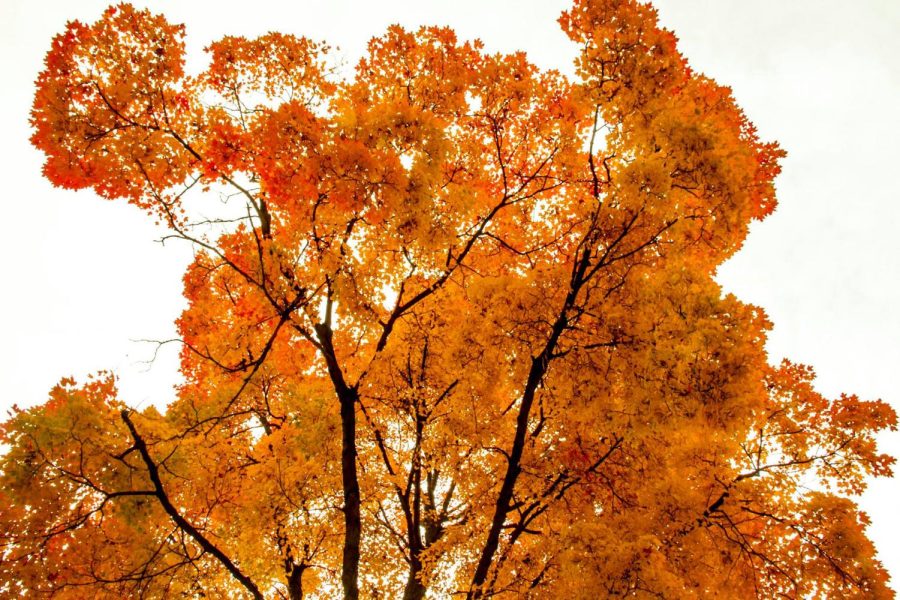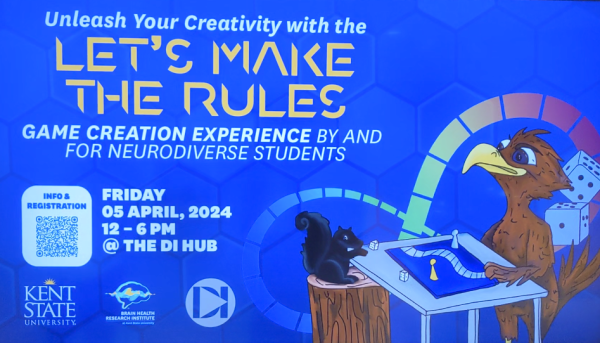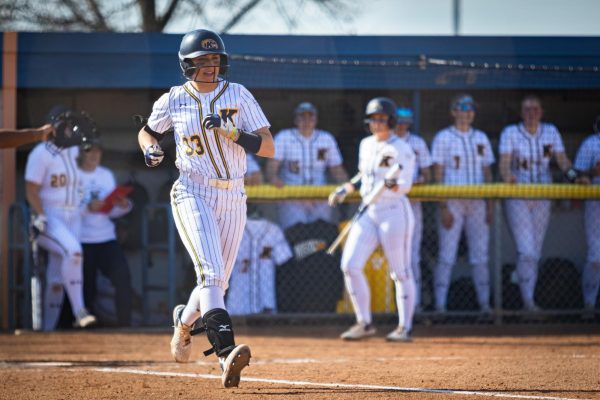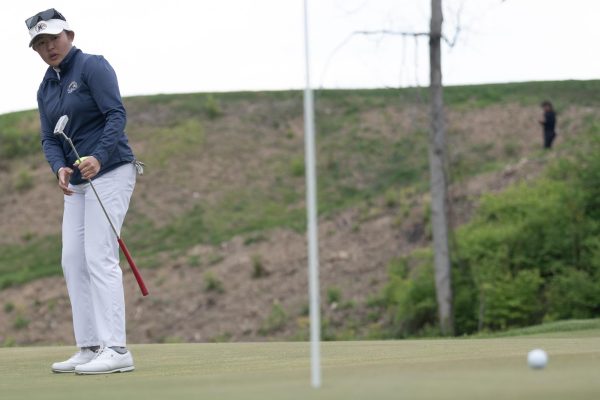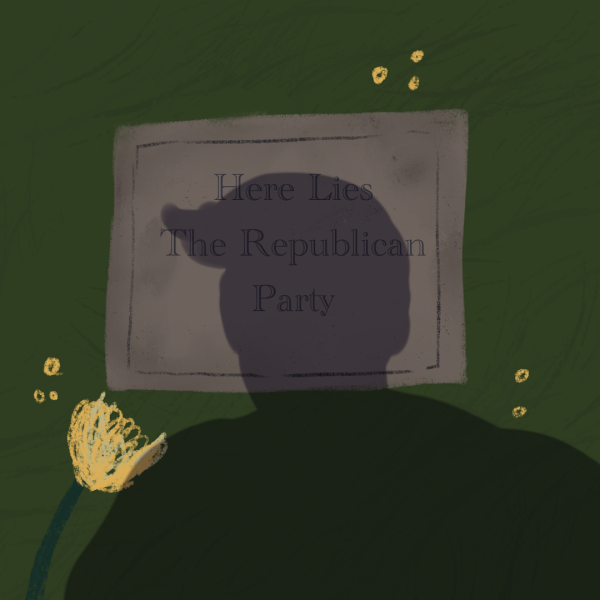Kent State named Tree Campus for ninth straight year
February 19, 2017
Kent State has once again been recognized for its foliage: the university was recently named a Tree Campus USA school for the ninth straight year.
The program — which was created in 2008 — honors universities around the country not only for their forest management, but also for getting their staff and students involved in conversation.
To be named a “Tree Campus,” a university has to meet the five guidelines set by the Arbor Day Foundation: it must have a campus tree-advisory committee, a campus tree-care plan, an annual expenditure for campus trees, a service-learning project and an Arbor Day observance on campus, Arbor Day program manager Mary Sweeney wrote in an email to the Kent State community.
The service learning-project and Arbor Day observance have to have student involvement, which was something that Kent State excelled at.
“(Kent State links its) tree planting with campus diversity events, which is really impressive since a lot of time tree-planting doesn’t reach into the African-American or Hispanic communities, so having that focus on campus diversity events is really great,” Sweeney said.
The university also held two Arbor Day events this past year in conjunction with the Child Development Center, as well as a service learning project that was held on April 30, 2016. Students went to the wetlands restoration behind Henderson Hall and planted 130 native trees and shrubs.
The Arbor Day Foundation also takes into consideration how a university deals with the removal of trees.
“We actually, as a committee, are dealing with the issue (of moving trees) right now and trying to bring some constant guidelines and definitions,” Heather White, Kent State grounds manager, said. “We’re all talking the same language about it.”
One of the biggest problems the university runs into in relation to moving trees is construction, which is something White had to deal with over the summer.
“The most recent (transplanted trees) came off of Summit Street due to the Summit Street construction and the Student Center paved lot construction,” White said. “The good thing is we knew these projects were coming, so we knew ahead of time that this entire row of trees (were) going to be sacrificed.”
In total, the university moved eight trees with an average diameter of eight inches, White said.
“On every project we do on — campus in construction, trees are always a component,” White said. “We don’t have an equation that says one tree down equals.” Any construction on campus is going to have to follow some requirements to make sure the trees are protected during that process.”
Some trees on campus have to be removed or trimmed down, which is where the tree care plan comes in.
“(Removing or cutting down trees) doesn’t effect you becoming a Tree Campus because we recognize that college campuses need to keep their students safe,” Sweeney said. “What we look at is in the tree care plan that you have policies for protecting trees as much as you can in construction.”
White said that the university takes location into consideration when deciding which trees need to be cut.
“We have to be aware of where a tree is located,” White said. “Is it over a building or sidewalk? Is it over a street or is it in the middle of a lawn that no one walks around? So, the location of the tree matters. Some species don’t do as well if you remove them.”
There are over 950 contagious acres spread out across campus, White said. White realizes that the foliage on campus requires constant upkeep.
“We’re very cognizant of the tree population on campus and what it looks like, so we’re constantly out,” White said. “People do take notice of the trees. I have a number of trees that I’m watching right now.”
Henry Palattella is the administration reporter, contact him at [email protected].


